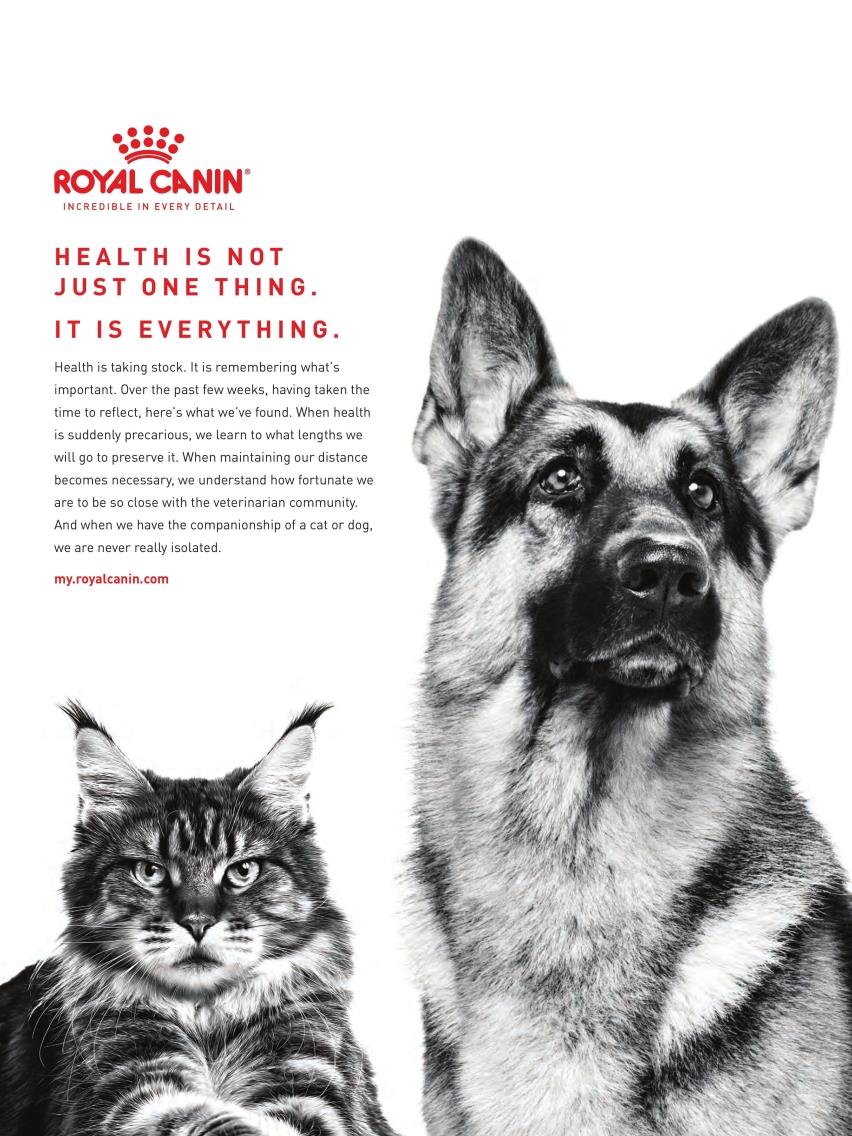News
Content versus context in today’s pet marketing world.
Everything is being redefined by current realities.
The concept of “content is king” is second nature to marketers. You hear about content everywhere – gated content, adaptive content, content management systems and more. Good content centers around the customers rather than the company. ‘It attracts people rather than interrupts them, and it is more about them than it is about you.”
We contend that context is now everything. Maybe even the new king.
Planned content, messaging and visuals might be tone-deaf or even offensive without a fresh look at the world landscape. Life, liberty and the pursuit of happiness are being redefined every day by current realities. COVID-19. Racial injustice. Both are justified in the strong emotions they elicit. Both are taking the lion’s share of our attention and media.
What’s a pet marketer to do?
This is Part 3 of a three-part series on the top opportunities for pet marketers today. In our first article, we explored the importance of welcoming new pet owners by supporting them. In the second article, we shared the critical role veterinarians play and how helping them in meaningful ways will benefit pet marketers.
And, finally, in this article, we will delve into the biggest opportunity and threat: content versus context – what’s most important and who is doing it well?
What’s most important and who in pet care is doing it really well?
Bottom line, those who ignore context do so at their peril. Pet marketers need to reevaluate their content for context now, more than ever before. Real-time marketing and the ability to pivot communications to stay real and relevant is essential.
We see a few consumer pet care companies doing this well.
Chewy recently launched a new campaign that celebrates pets during the COVID-19 quarantine with their “Pets Bring Us Together” initiative. During the 30-second clip, dog, cat and even a hedgehog owner bond over their shared joy in pets.
Similarly, pet food company Freshpet launched a quarantine video that shows happy pets during home moments, and the message to “take care of each other.” The ad resonates with pet owners, making them feel as if the company understands them and what they’re going through. It acknowledges the context without being dreary or sounding like an admonition. It provides inspiration.
In animal health, the two leaders we’ve found are Royal Canin, which launched and deftly linked their pet food to pet health, and Zoetis, which led with a compelling message of support (see below).
But for the most part, the B2B pet companies in animal health, diagnostics and even pet food have largely ignored context. They may have pulled ads that were egregiously out of tune to the market, but they aren’t adjusting their current campaigns to reflect the new reality.
This is a missed opportunity.
People are more emotional than ever before. Pet owners look to their pets for companionship, solace, understanding and even conversation. This is an opportunity for pet marketers to connect on an emotional level with pet owners and their veterinarians.
Pet parents often feel like they are their best selves when with their pet. There is big power when a brand connects to that emotion. For example, the brand story could be about nurturing – a basic human quality that is contextually relevant and doable.
Or it could be about freedom – the ability to share a sense of relief with your dog while taking a long walk without the threat of fleas or ticks.
Or it could be about connection – our ability to connect with an animal so different from us that is both incredible and inspiring.
Each of these examples is contextually relevant to 2020 and whatever life brings in the years to come. These emotional elements elevate the brand and differentiate it in a more meaningful way than discussions of features, attributes and benefits could ever do.
Yet, instead of this compelling approach, I see brand messages in the flea and tick category like:
Credelio – gentle on dogs, tough on ticks (feature & attribute based)
Bravecto – easy solution for distracted pet parents (benefit based)
Simparica Trio – simple solution for those who love dogs (benefit based with a nod to the emotion)
On the opposite end of the spectrum, there are some companies in the category that go further than they probably should with the emotion. Perhaps the best example is Boehringer-Ingleheim’s NexGard message that ‘life can be a dream’ and NexGard delivers happiness. That’s a tall order nowadays.
We believe there’s an opportunity in today’s world for a brave company to reach beyond product benefits and build campaigns off customer insights. There is also an opportunity to make the message content more about the pet parent and less about the product.
At the end of the day, we can’t stop thinking about the following questions:
Where are the CXOs in the pet care marketing departments?
Why aren’t they introducing context to pet care brands?
Which pet care marketers will step forward to fill this void?
And, to me, the playing field seems pretty open. We can’t wait to watch who steps up with content that’s in context to make connections like never before. Let us know if you want to talk or take bets on who will win.
About the Author
Blair McConnel brings extensive experience to the Bader Rutter Pet Care Practice. She is a veterinarian who worked in industry for ten years and led Zoetis’ marketing team. She has led several start-ups, including 2 businesses which provided people management and business consulting services to veterinarians. Her passion is growing businesses, and her belief is that good strategy is the foundation to growth.



